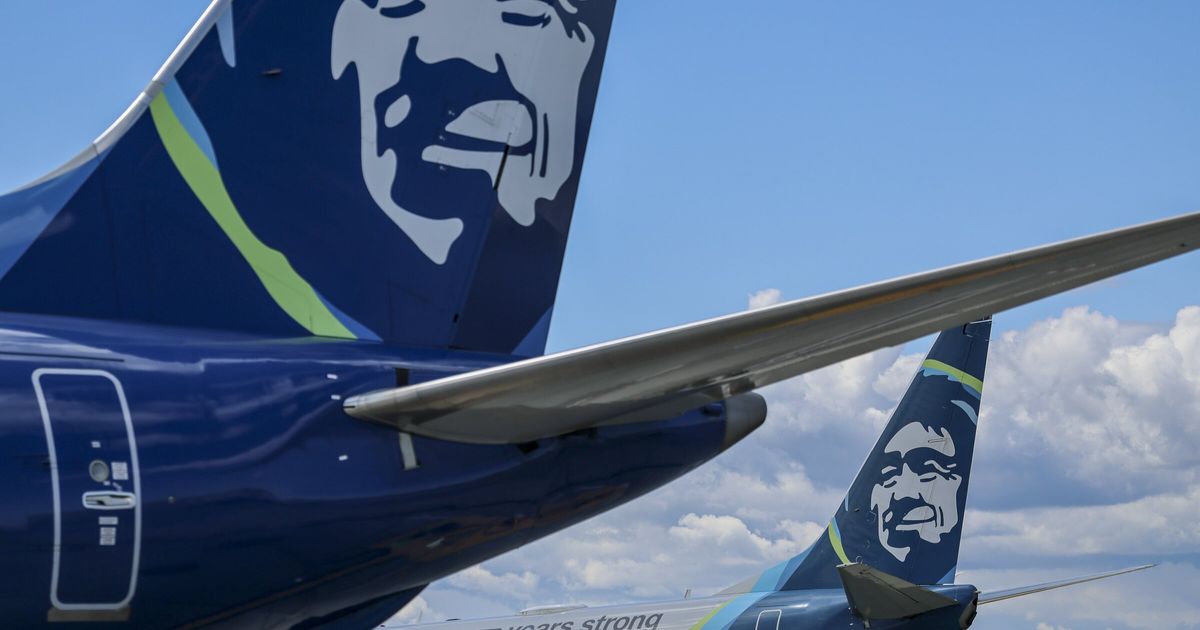In a dramatic turn of events on July 21, 2025, Alaska Airlines experienced a significant IT outage that led to an unprecedented grounding of all flights, including operations via its regional partner, Horizon Air. The disruption, which began around 8 p.m. Pacific Time, left many passengers stranded on the tarmac, unable to disembark for hours as the airline grappled with the fallout of the unexpected technical failure. Reports of travelers sharing frustrations on social media underscored the chaos
Did You Know
The original name of Google was 'Backrub.'
?
AD
that ensued, as countless itineraries were thrown into disarray.
The airline later revealed that the root cause of the disruption was the unexpected failure of critical hardware within its data centers, highlighting vulnerabilities in the IT systems that support aviation operations. This incident represents the second major grounding for Alaska Airlines in just over a year, as it had previously grounded its fleet for similar issues. As operations resumed after the three-hour halt, Alaska Airlines cautioned that lingering delays might continue to affect flights as the airline worked to restore normalcy.
The widespread disruption inevitably resulted in a substantial number of flight cancellations, with approximately 7% of flights scheduled for the following Monday ultimately unable to take off. This scenario not only illustrates the profound impact of technology failures on air travel but also reinforces the necessity for airlines to prioritize robust IT systems that can withstand potential challenges. As customers navigate the aftermath of this disruptive event, the industry remains vigilant about ensuring the reliability and resilience of its operations for an increasingly tech-dependent future.
Q&A (Auto-generated by AI)
What caused the IT outage at Alaska Airlines?
The IT outage at Alaska Airlines was attributed to an unexpected failure of a critical piece of hardware at its data centers. This technical issue led to a system-wide ground stop, affecting all Alaska Airlines and Horizon Air flights for approximately three hours, causing significant disruptions to operations.
How do IT outages affect airline operations?
IT outages can severely disrupt airline operations by halting flight schedules, impacting ticketing systems, and delaying passenger check-ins. During such outages, airlines often face challenges in managing logistics, leading to cancellations and delays. The ripple effects can extend to airline staff and airport operations, creating widespread travel chaos.
What is a ground stop in aviation terms?
A ground stop is an order issued by the Federal Aviation Administration (FAA) that temporarily halts all aircraft operations at an airport or for an airline nationwide. This measure is typically implemented during technical failures, security threats, or severe weather to ensure passenger safety and operational integrity.
What are common IT issues in airlines?
Common IT issues in airlines include software failures, hardware malfunctions, network connectivity problems, and data management errors. These issues can lead to flight delays, cancellations, and difficulties in managing bookings and customer service, highlighting the reliance of modern airlines on robust IT infrastructure.
How often do airlines face technical disruptions?
Airlines experience technical disruptions with varying frequency, often influenced by the complexity of their IT systems and infrastructure. While major outages are less common, smaller-scale issues occur regularly, leading to delays and cancellations. Airlines continuously invest in technology to minimize such disruptions.




















